German Naval Museum in Wilhelmshaven (Deutsches Marinemuseum Wilhelmshaven)
1. View of the museum area:
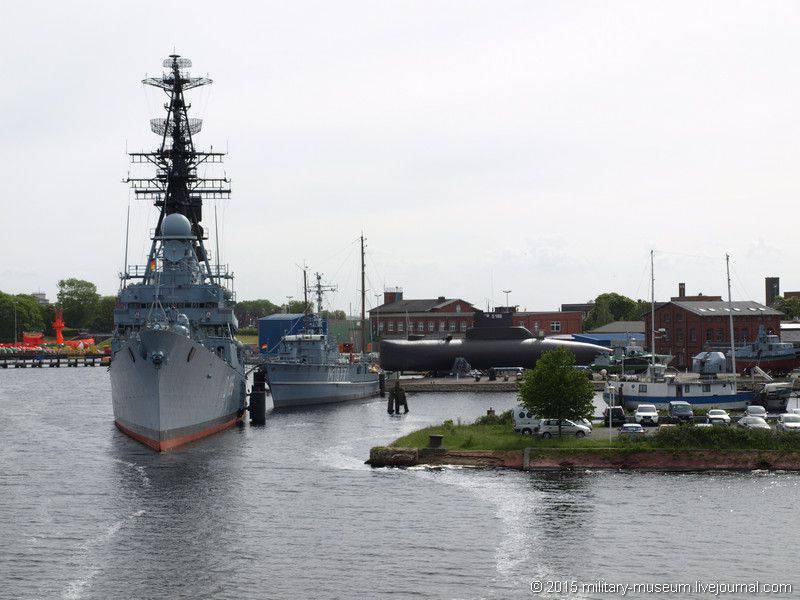
The main and most "live" exhibits of this museum:
2. The destroyer URO "Molders" D 186:
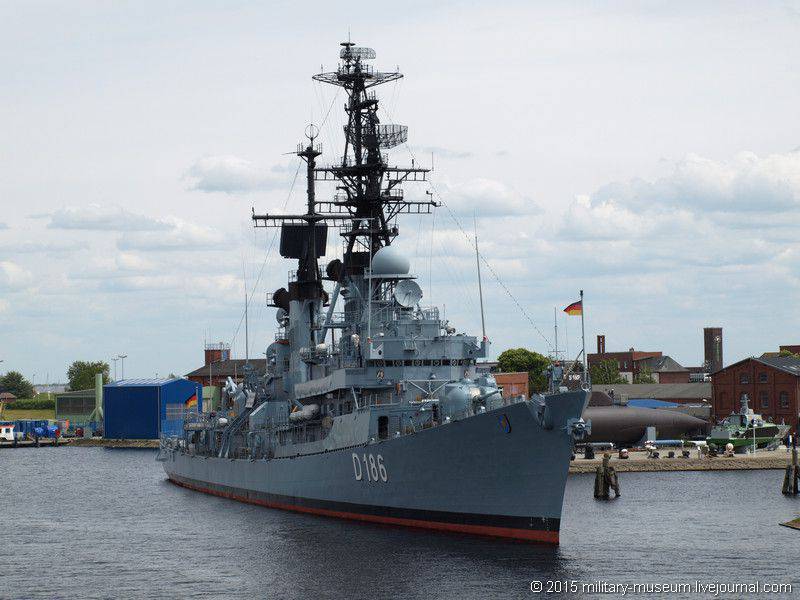
3. Minesweeper "Weilheim" M 1077:
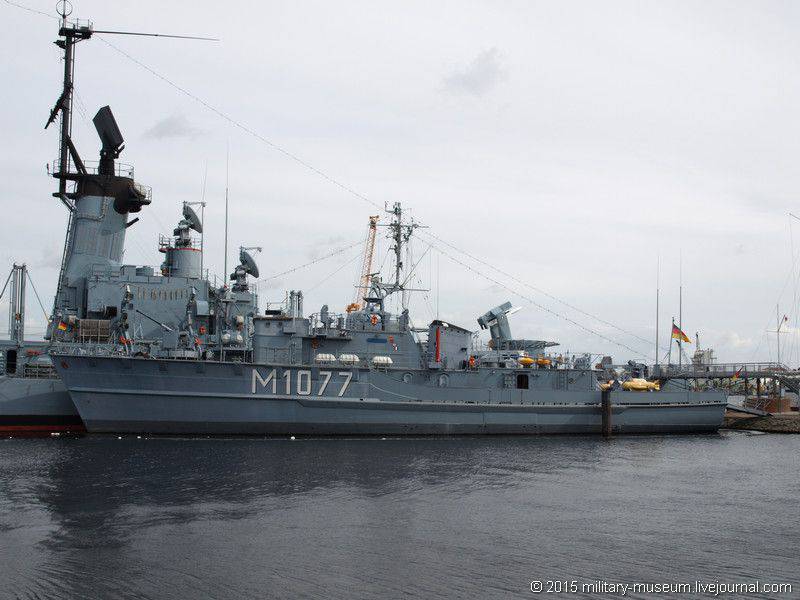
4. Submarine "U 10" S 189:
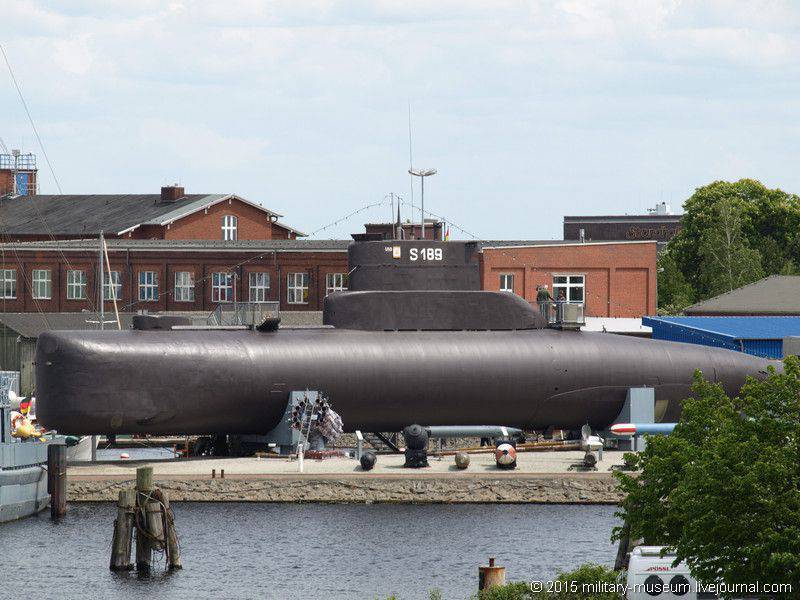
But first, some lyrics. This museum is quite young, ideas about its creation in the city of "German maritime glory" began to roam back in 1986, but after the creation of a corresponding non-profit organization and long debates with the city government, the museum opened only in 1998 in the building of the former port workshops. At the same time, the museum quarreled with the city because of the concept of presenting information and now lives only on self-financing (ticket sales, sponsorship) and other grants.
5. In order to get to the museum, you must cross the Kaiser Wilhelm Bridge:
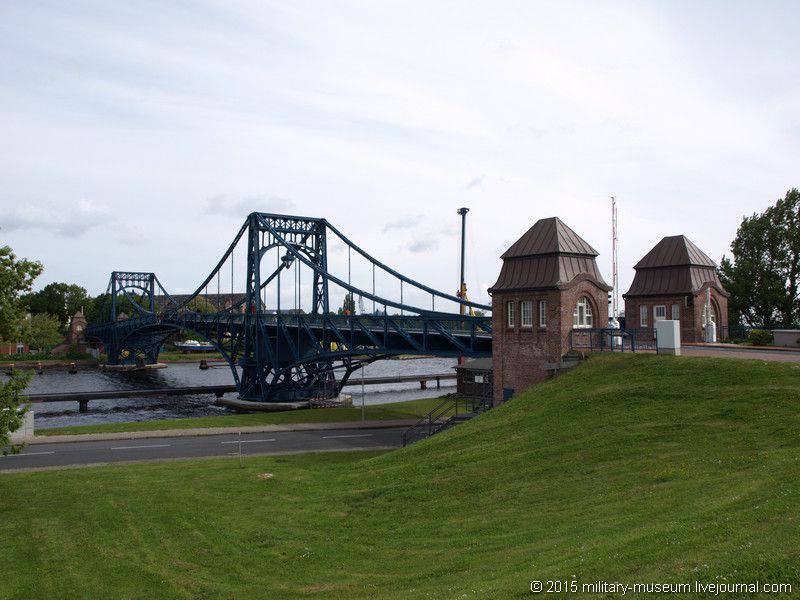
6. At night it looks like this - from the point of view of the Chinese phone (we arrived in the city already in the evening and, after settling down, went for a walk - without an intention to break into a closed museum):
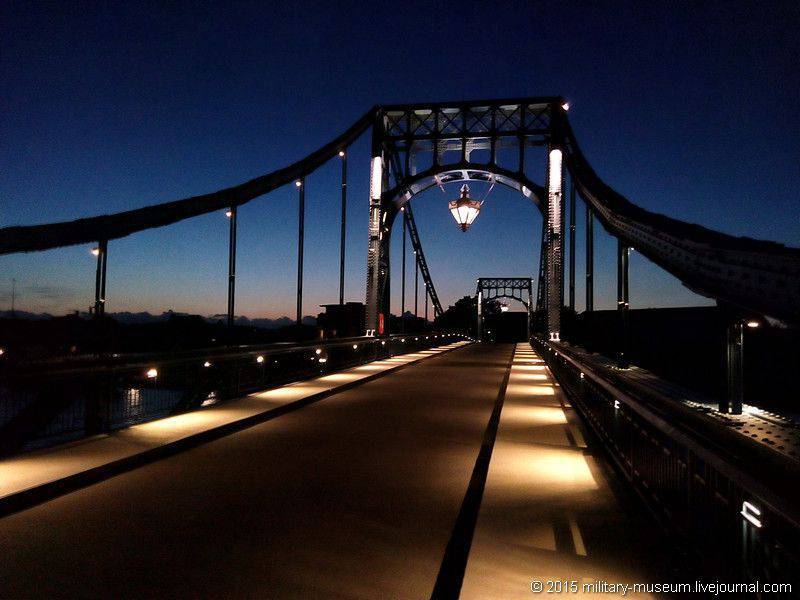
7. View of the harbor in the morning. Again we have a gloomy day, but at least without rain:
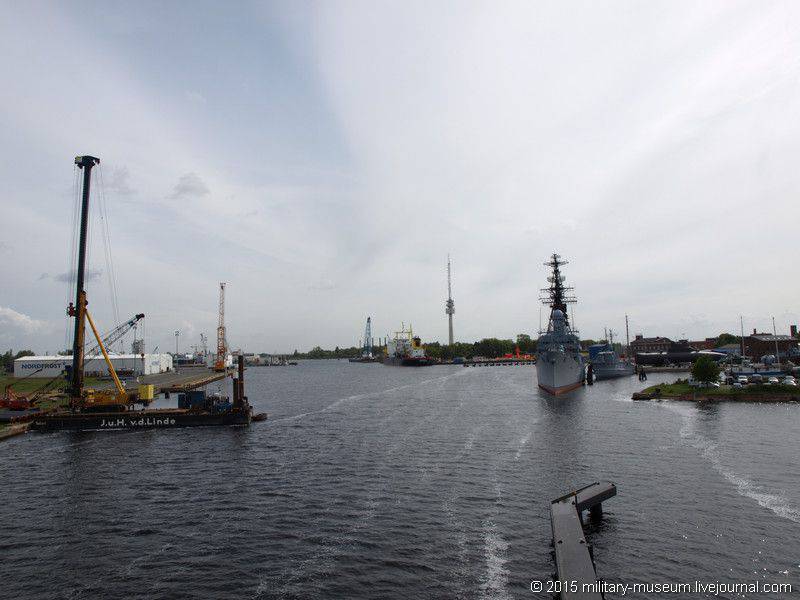
8. Entrance to the museum:
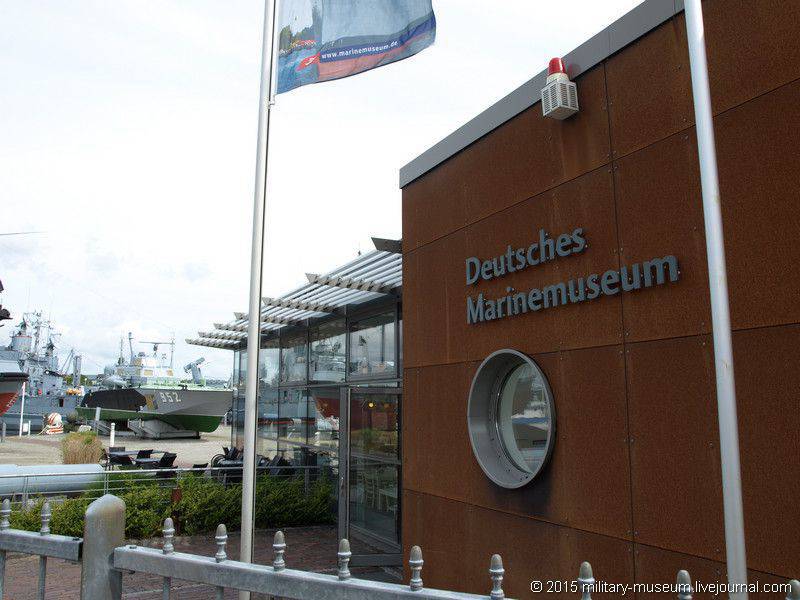
9. Without "Starfighter" (Lockheed F-104) and there’s no way:
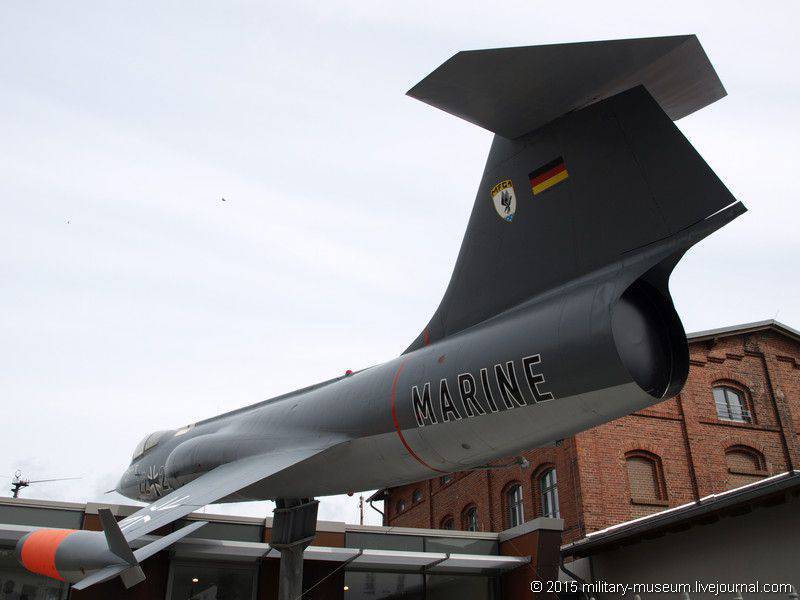
10. The museum protects the sea dog ("Seehund"), found at the time near the harbor, on the seabed, and carefully restored:
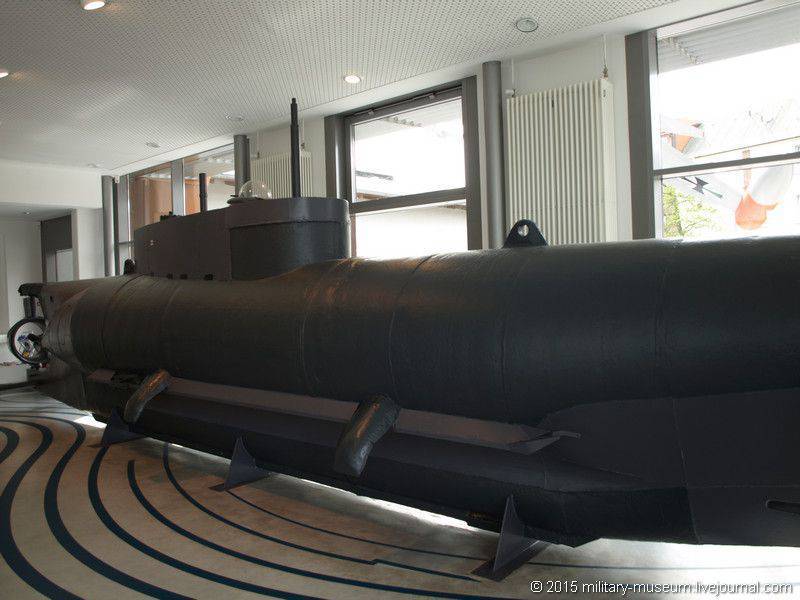
11. Exposition in the covered part of the museum:
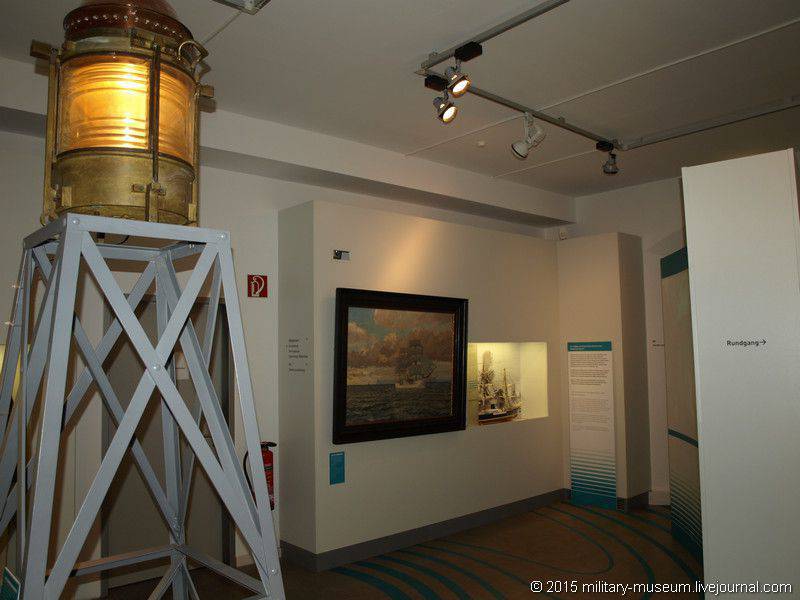
12.
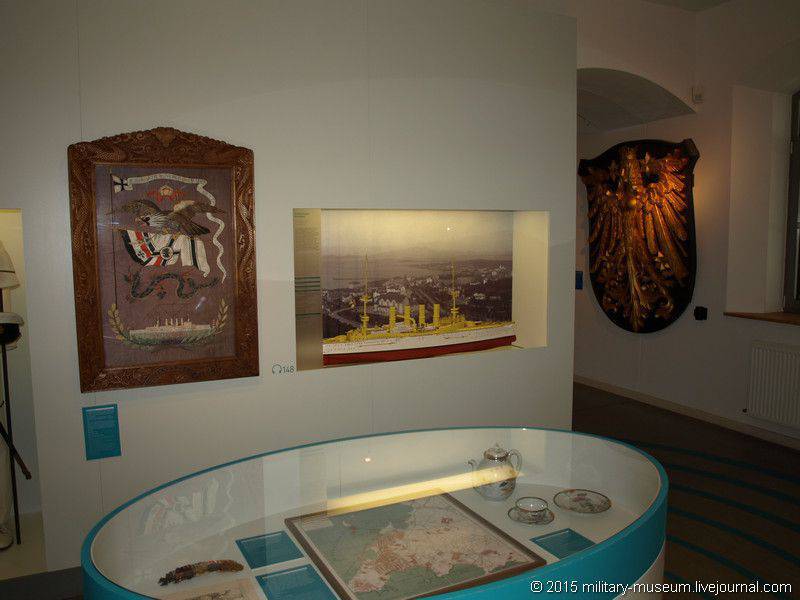
13. Cruiser "Scharnhorst":
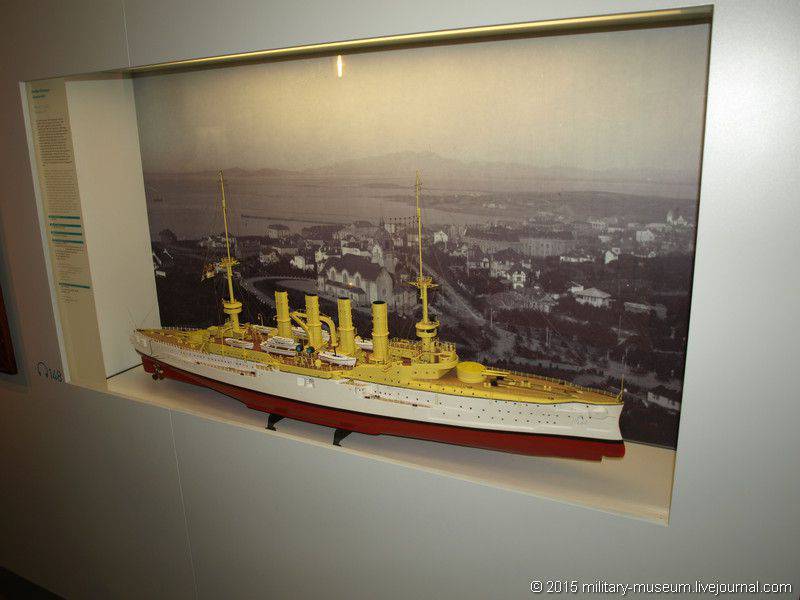
14.
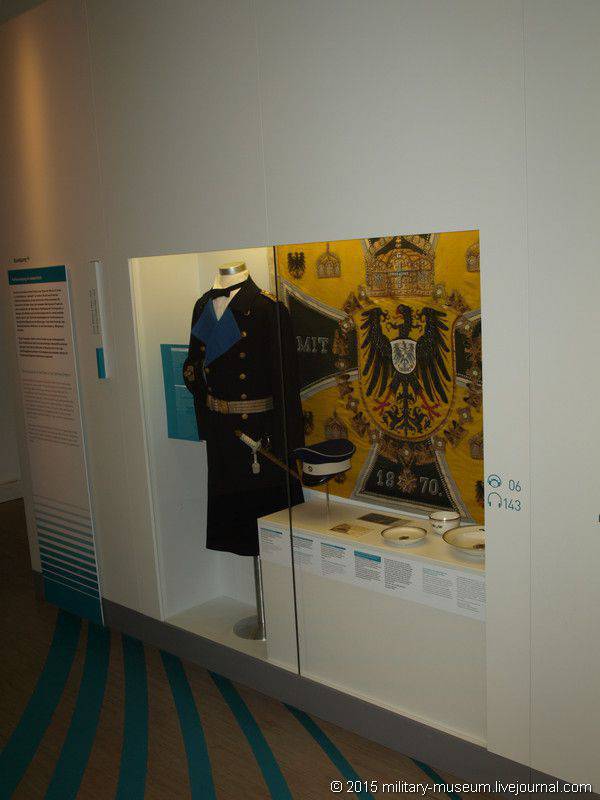
15.
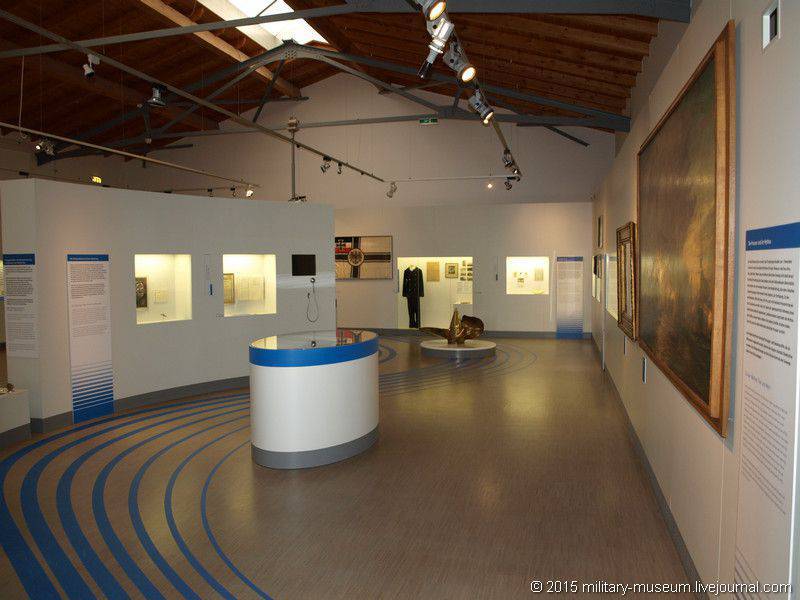
16. Naval shovel and other elements of marine life:
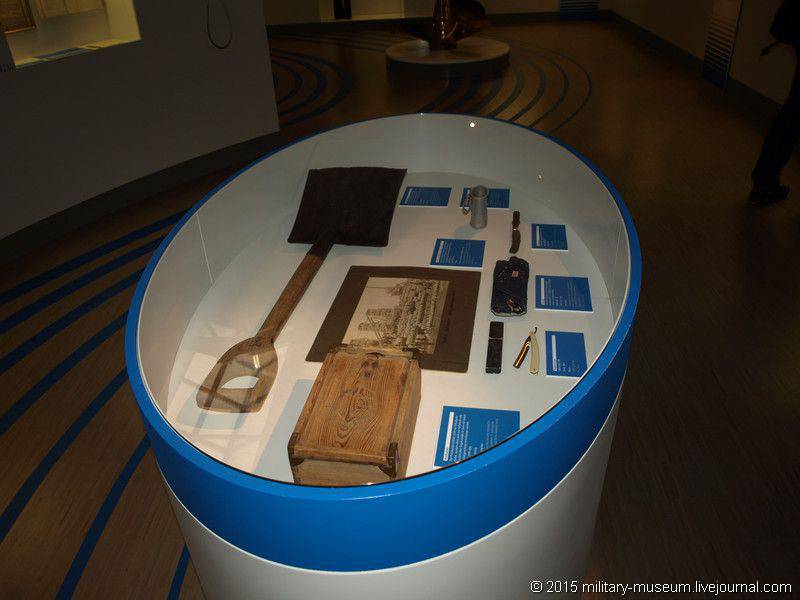
17. One short stage in the life of this country is also not forgotten:
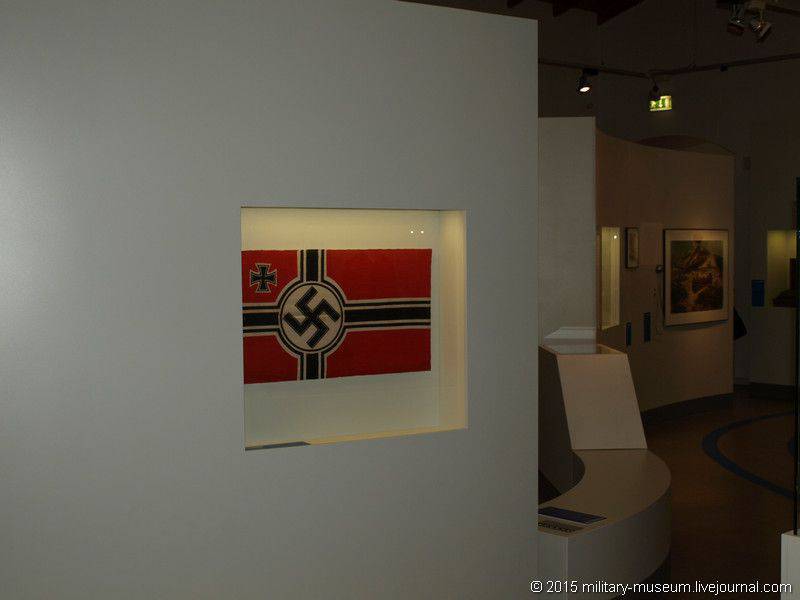
18. 20-mm anti-aircraft gun with a German submarine U 1 (built in 1935 g.), Hit a mine in the distant 1940, near the Dutch coast. After 60 years, one Dutch fisherman picked it up and presented it to the museum with the words “come again.” The machine is perfectly preserved - due to the fact that it was closed in a special hermetic compartment. The crew of the submarine died along with the ship:
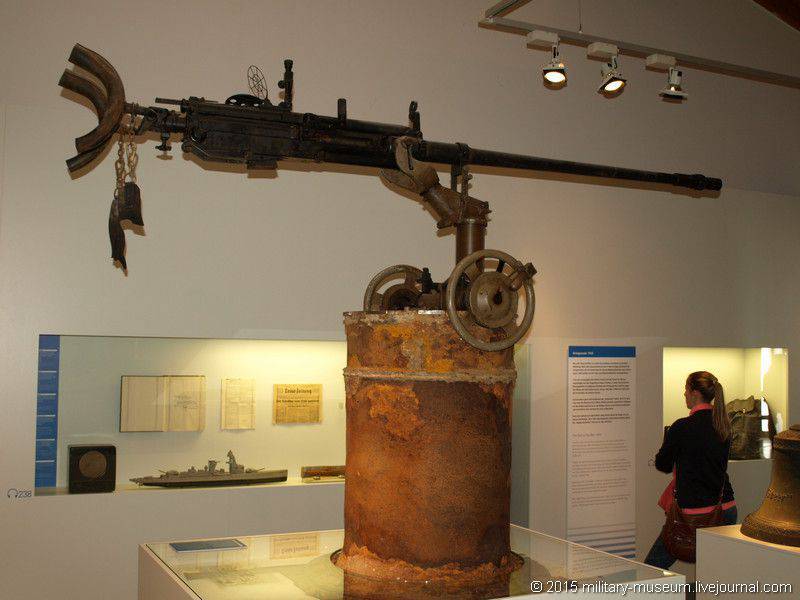
19. What remains of "Admiral Scheer":
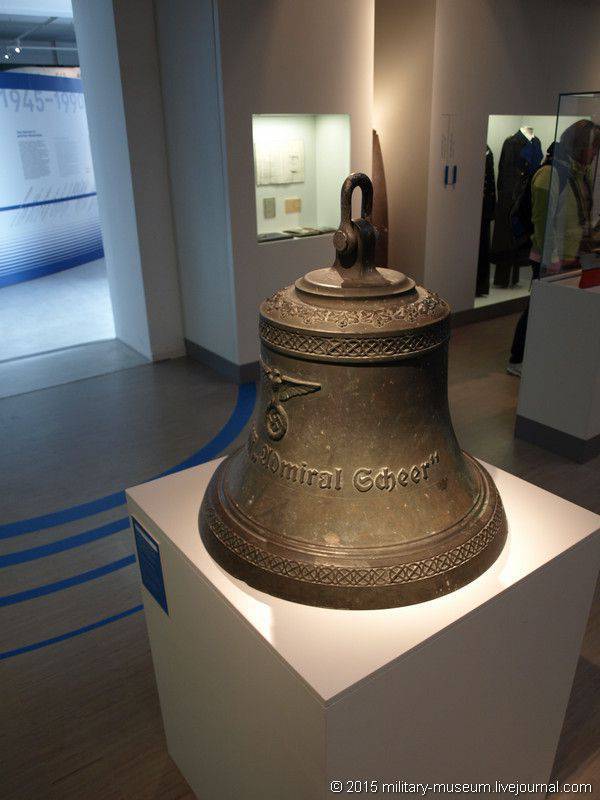
20. What remains of some Somali pirates:
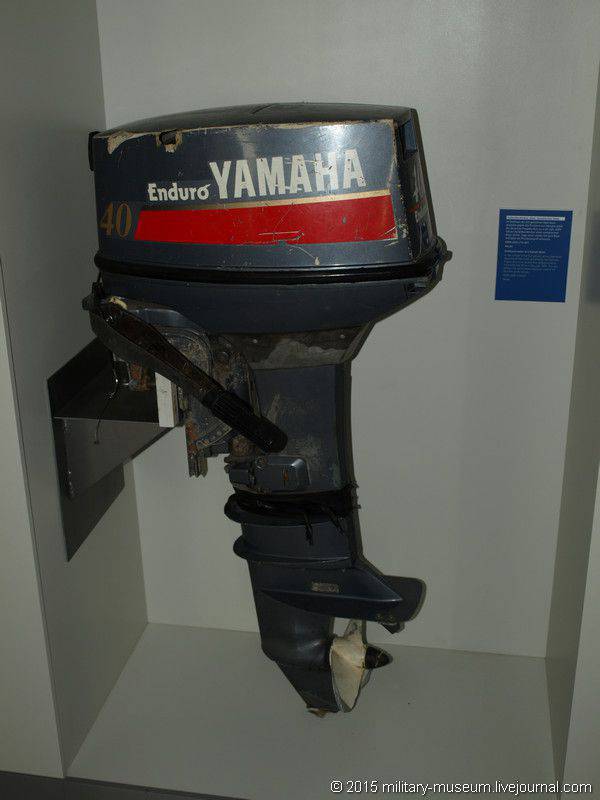
21. Cruise (and not so) missiles:
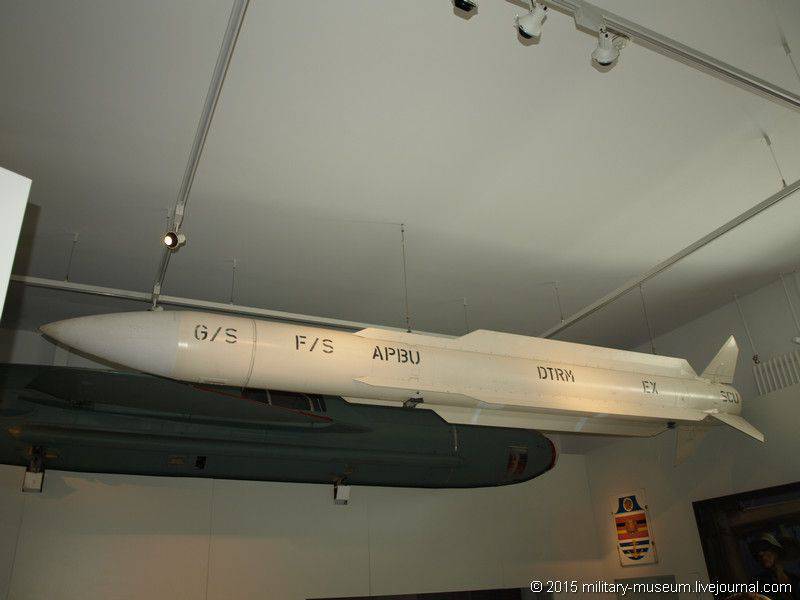
22. Soviet sample:
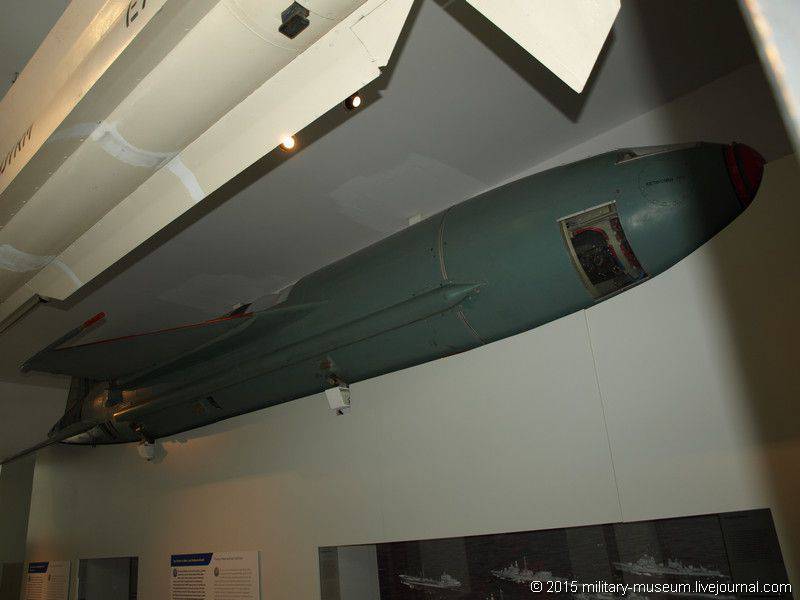
23. Room dedicated to the martial brotherhood (NATO and the Warsaw Pact):
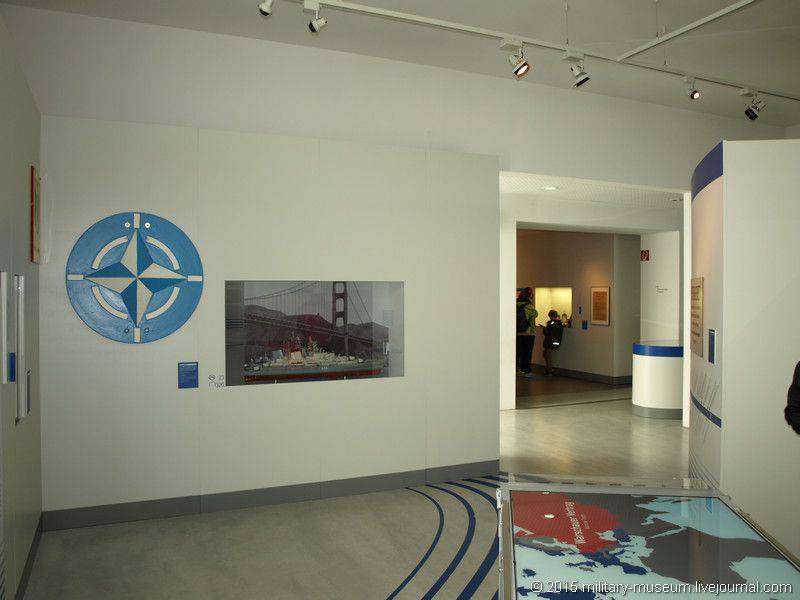
24. Memorable plate "Together we are invincible":
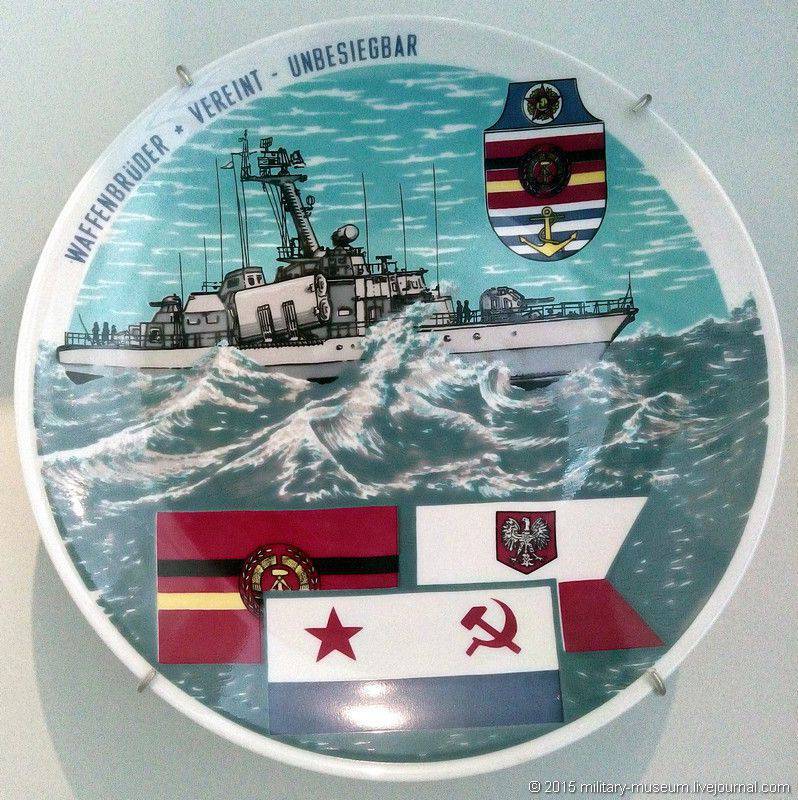
25. Special exposition dedicated to the Emden cruiser in 1914 and the subsequent fate of its crew:
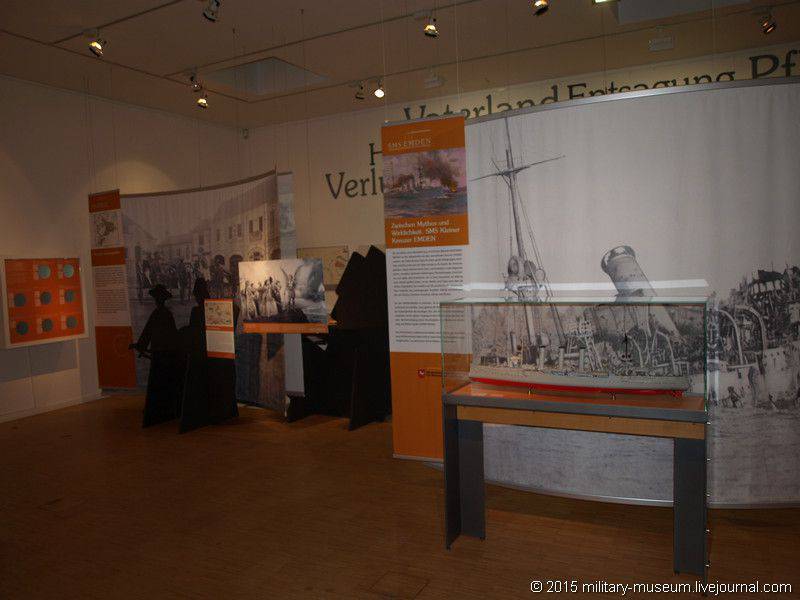
26. The father of all their victories (well, of defeats, too) - Admiral Tirpitz:
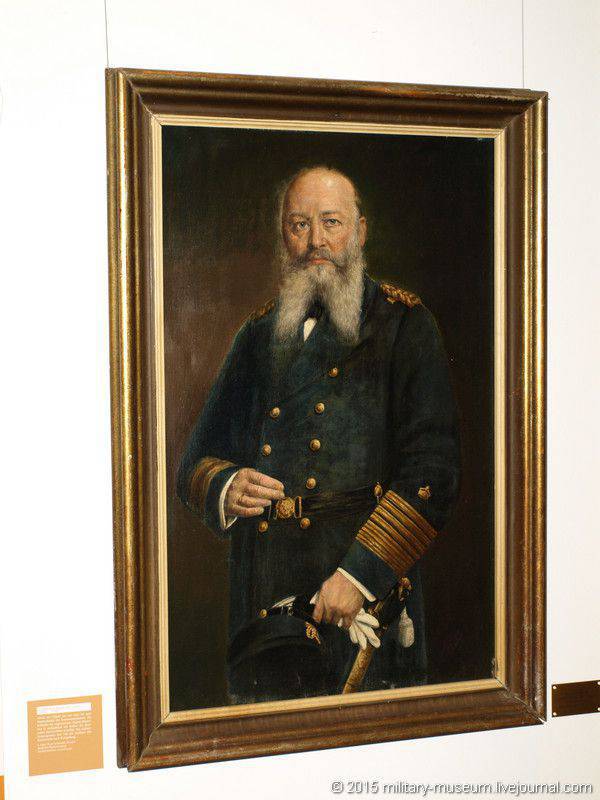
27. Posters since WWI:
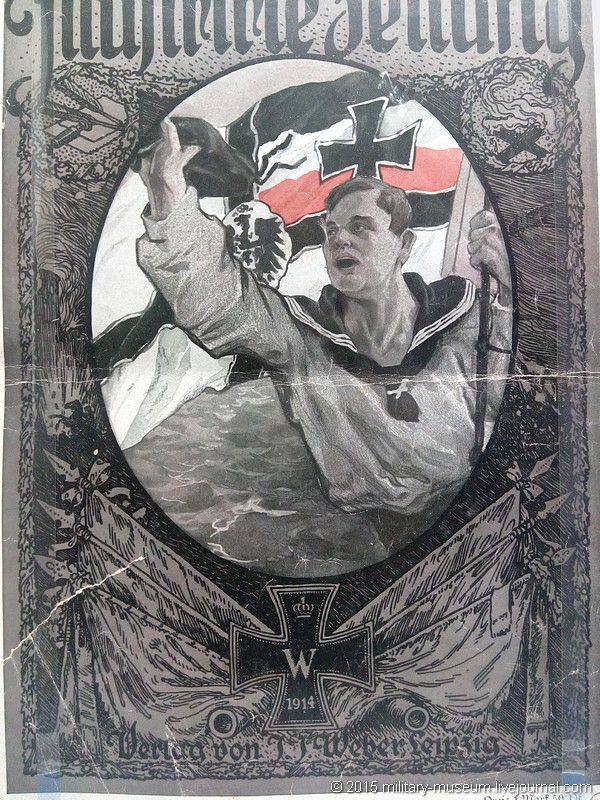
28.
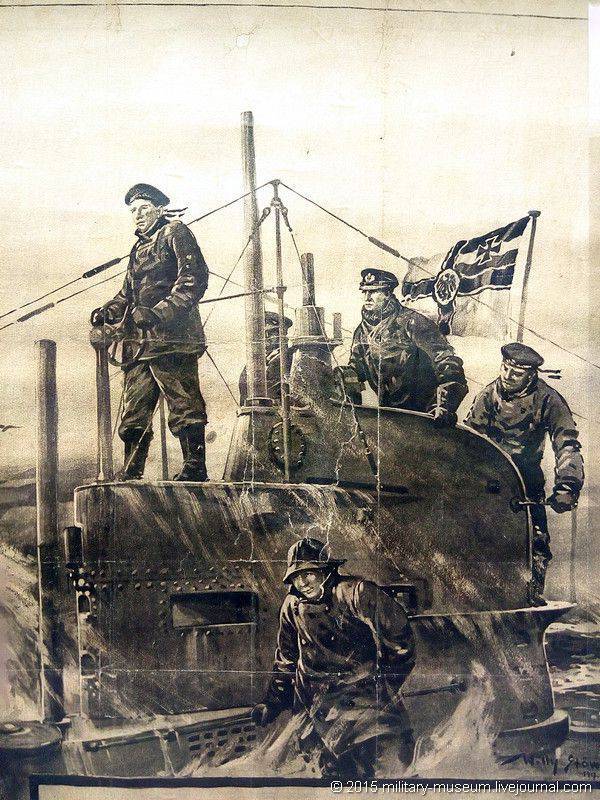
29. And this is a poster with a proposal to choose the Communists. The Germans glanced at this poster, and with a fright decided to choose representatives of another socialist movement:
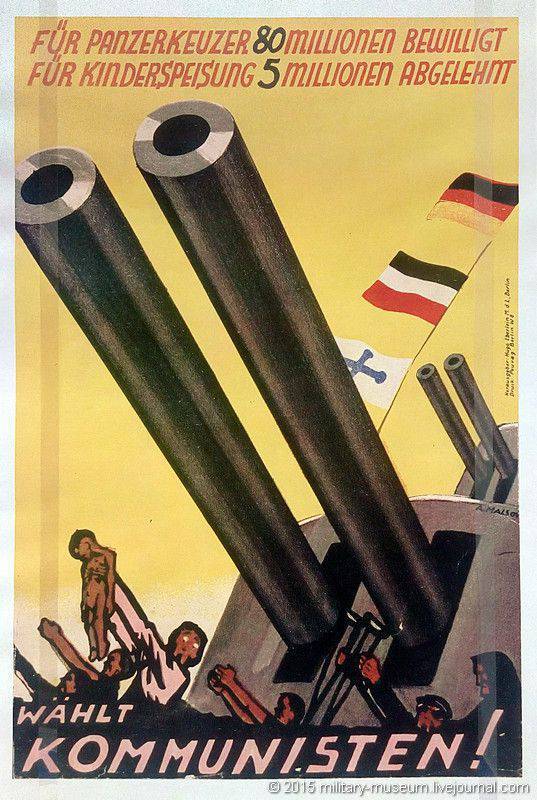
30. The most interesting is outside the covered area. I have already hinted at the main “pearls” of the museum (URO destroyer, minesweeper and submarine). Let's see what else is there:
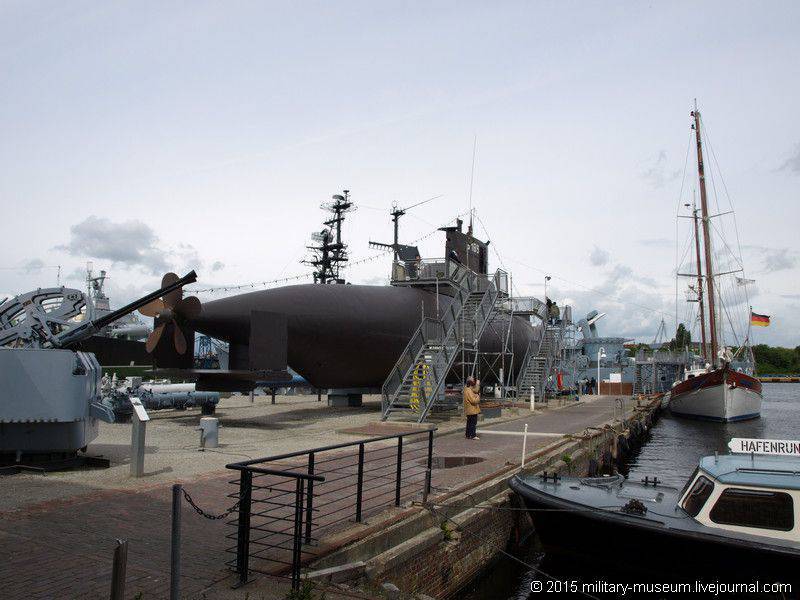
31. A pile of weapons (guns, torpedo tubes, jet bomb, mines and torpedoes). For example, the 30-mm paired anti-aircraft machine L / 70 MDL Breda:
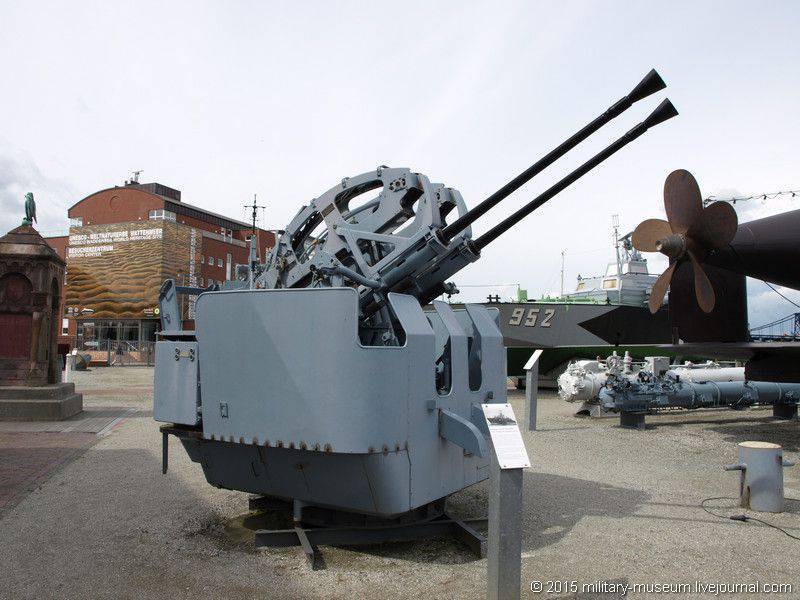
32. Small torpedo boat project 131.423 produced by the GDR:
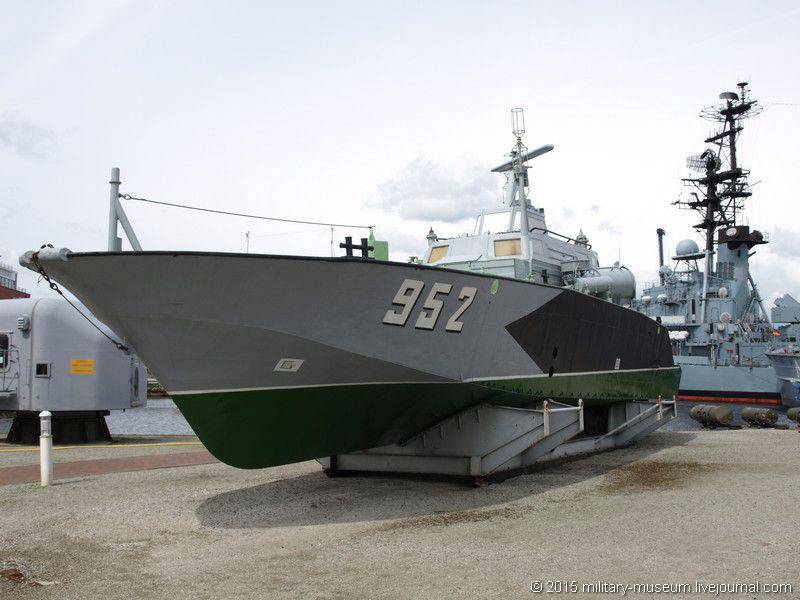
33. Installation for resetting bottom mines "UDM":
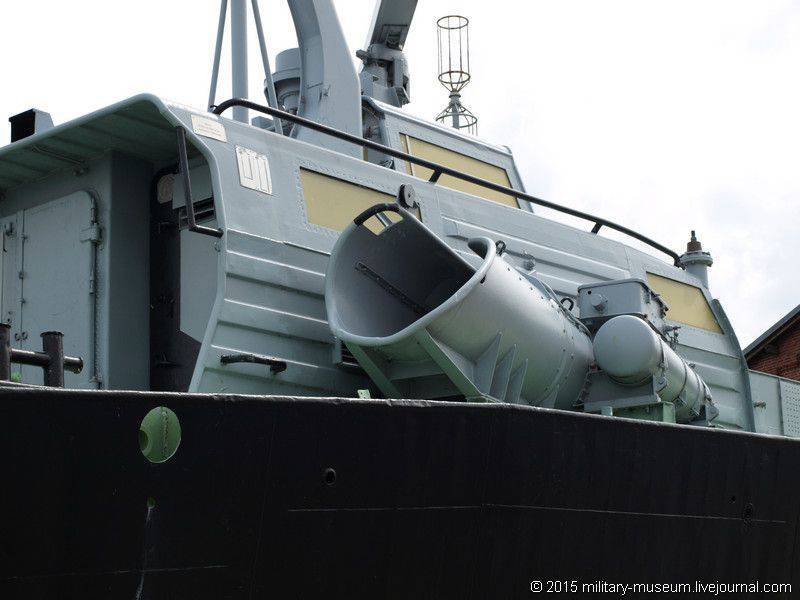
34. Zenit installation of memory 23 / 2
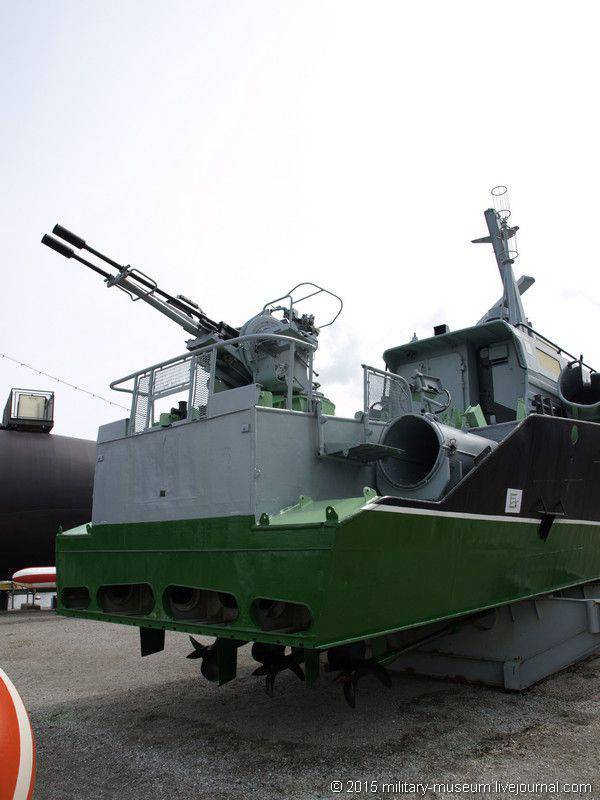
35. 100 mm art. Installation for Cologne-class frigates and Hamburg-class destroyers produced in France:
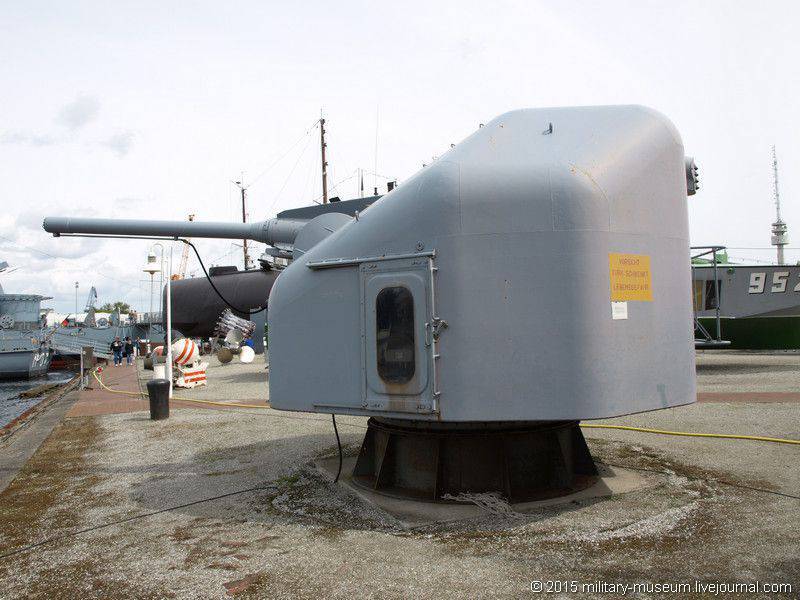
36. A pile of sea mines (including bottom mines):
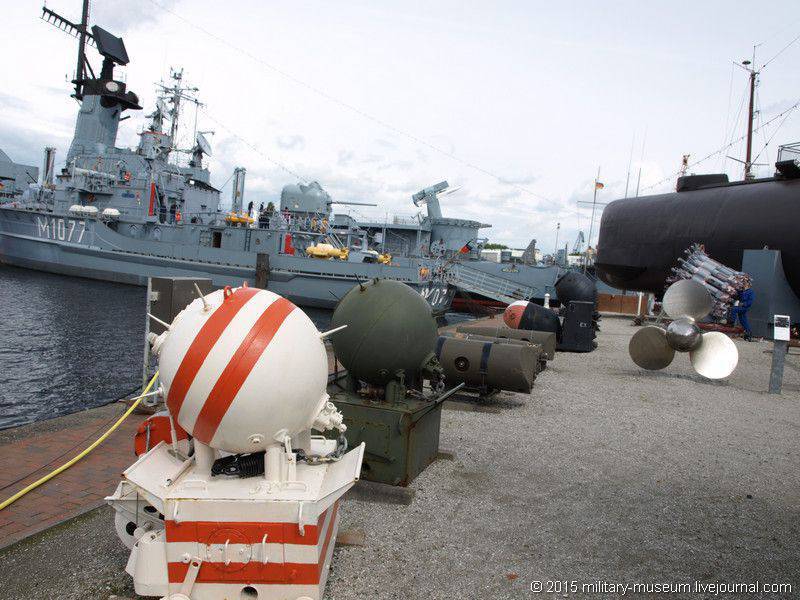
37. They say that the fuse of one of them is put on the passage of the first millionth tourist:
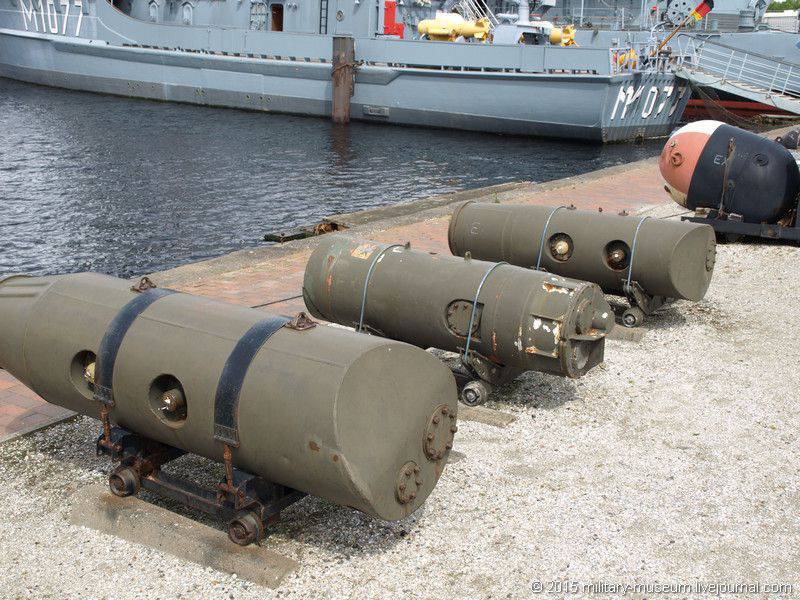
38. RBU-6000 in the painting process:
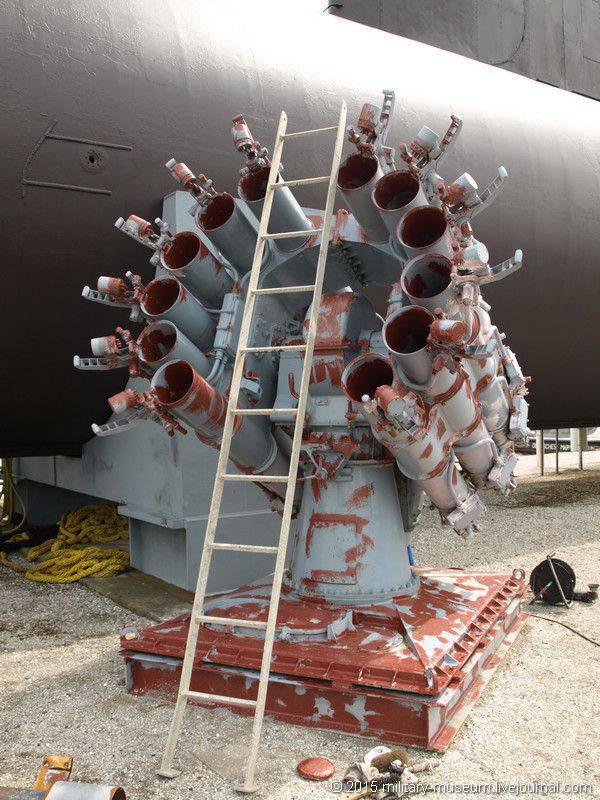
39. The English torpedo of the MK 8, which was initially used in the Bundesmarine (i.e. in the post-war German Navy):
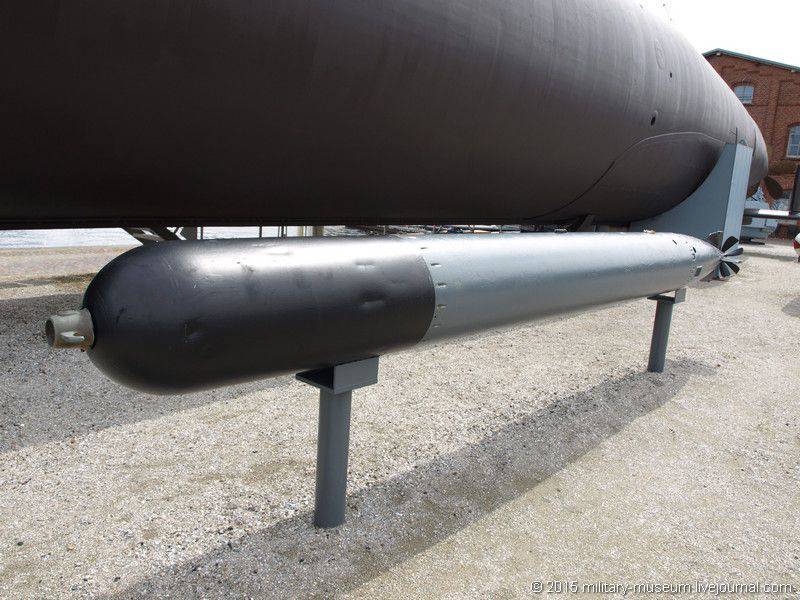
40.
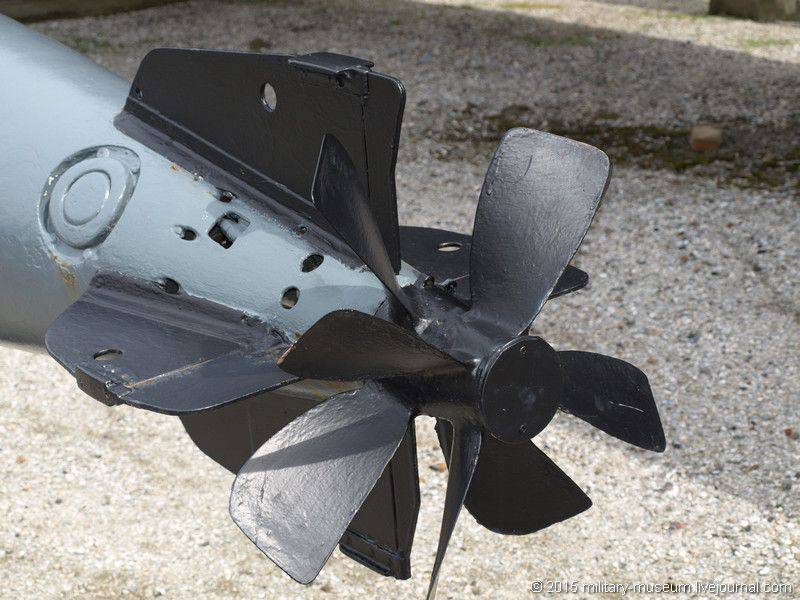
41. The standard German torpedo of WWII time - G7a, after the war, the Germans took away the stocks of these torpedoes at first, but then, in 1956, the Western allies returned them again:
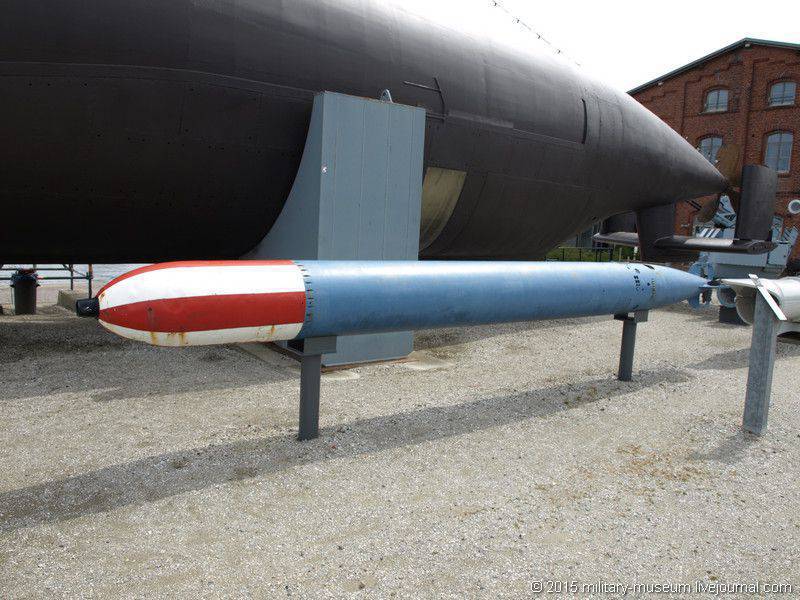
42.
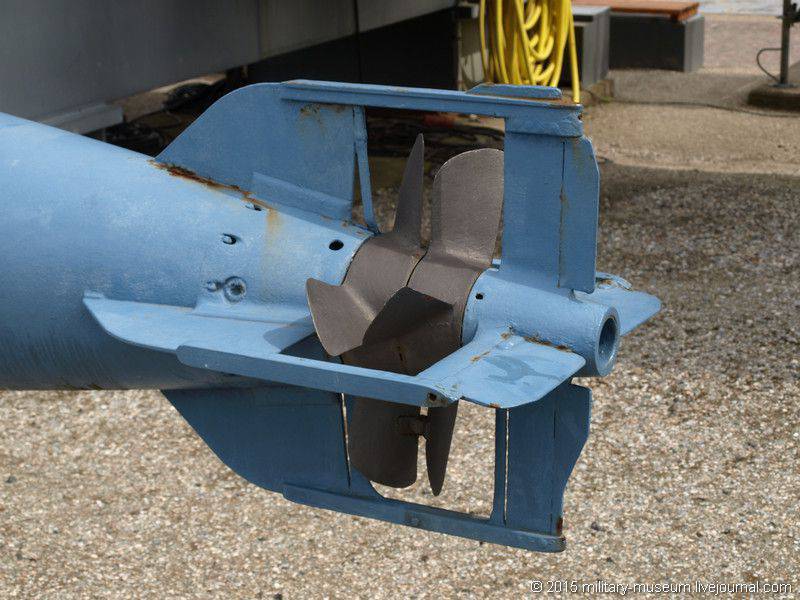
43. 533-mm torpedo tube "Pintsch-Bamag" for German torpedo boats:
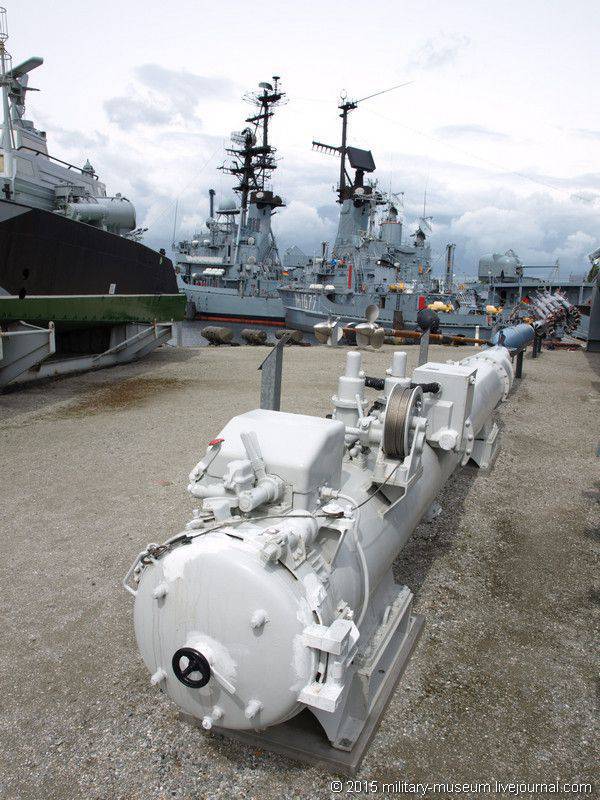
44: The 400-mm torpedo tube OTA-40, manufactured under license in the GDR. Shot elektrotorpedy type SET-40:
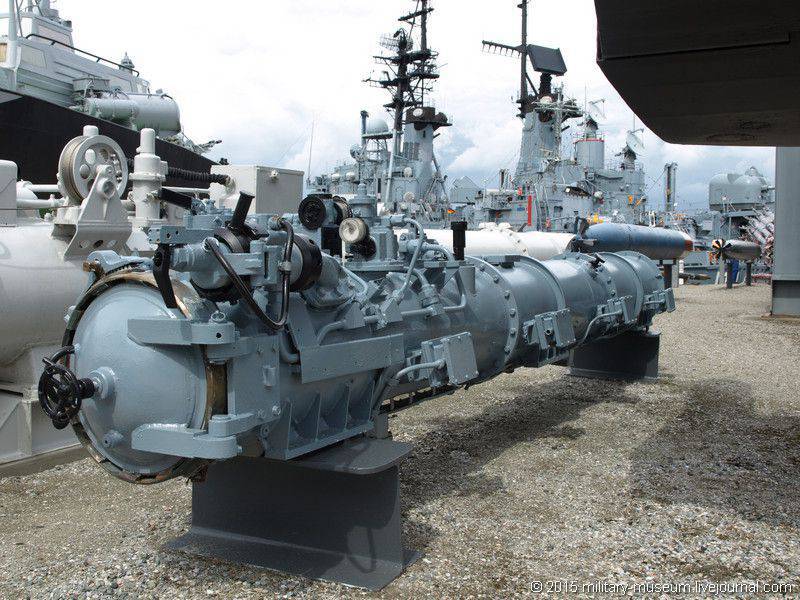
45. The view from the submarine "U 10" on the destroyer URO "Mölders" and the minesweeper "Weilheim":
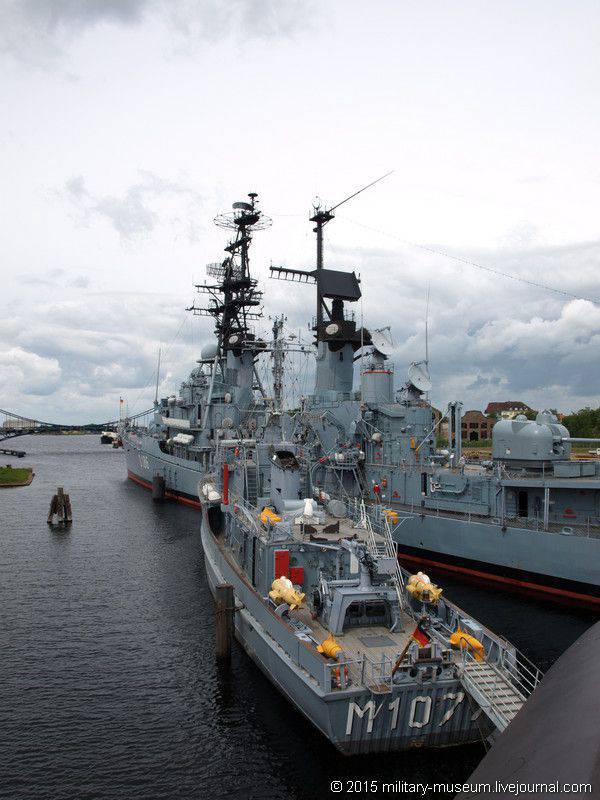
46. Naval bikers are looking for souvenirs:
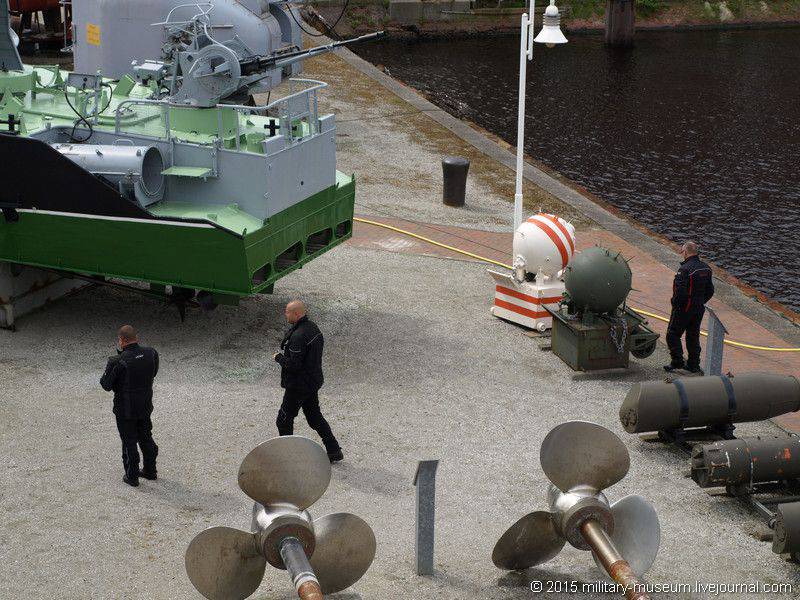
47: In the following posts I will provide detailed reports on the visits to the main exhibits of this museum - the destroyer of the Molders URO:
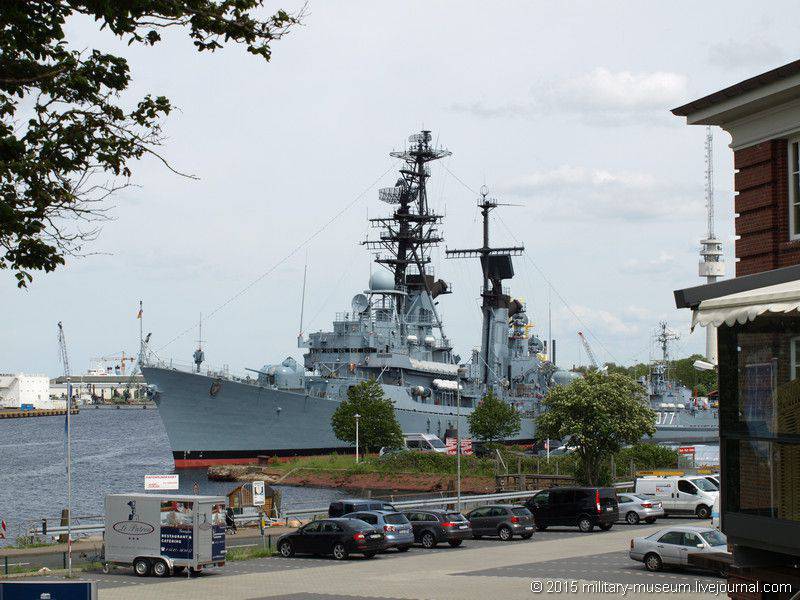
48. Minesweeper "Weilheim":
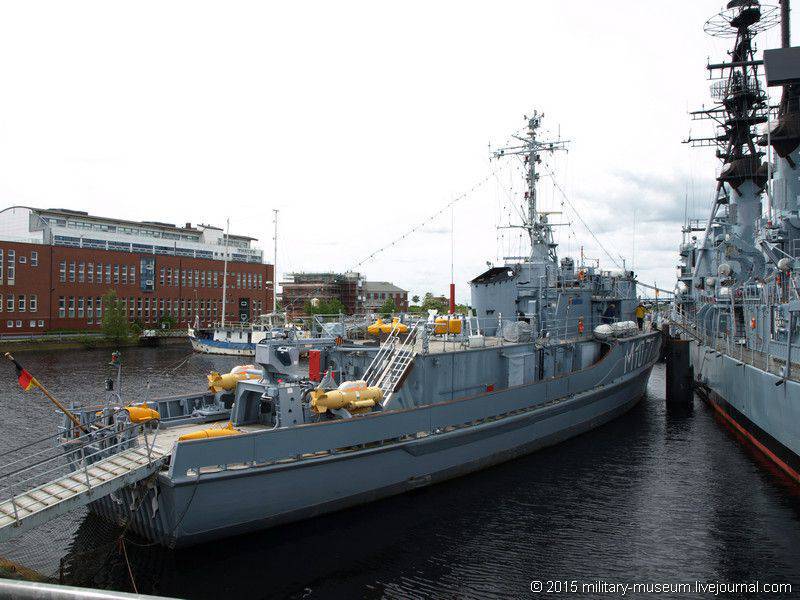
49. Submarines "U 10":
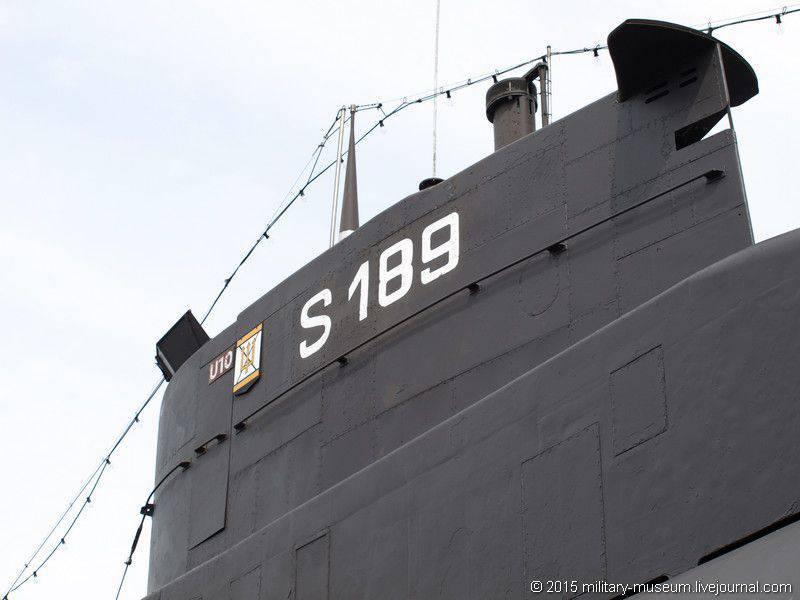
My attempt to buy a memorial brochure about the museum in its souvenir and bookshop was not crowned with success, for they were all sold out. Nevertheless, I strongly recommend that you look into Wilhelmshaven.
Information